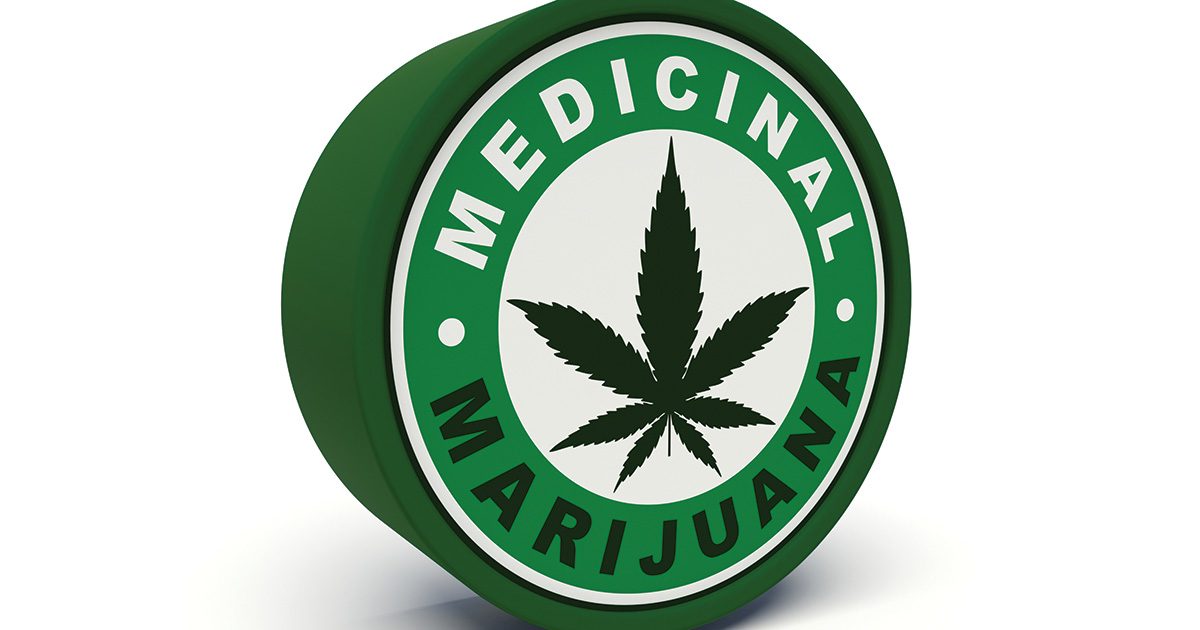Shared from inMotion | Volume 28, Issue 2 | March/April 2018, Page 38
by Meredith Bower Holt
In January 2006, when I was 29, I lost my left leg below the knee in a car accident. After months in a coma, I awoke to my brain fixating on the last signal from the now-missing limb: being crushed. Twelve years later, I still experience phantom pain – with very specific manifestations. I’ve wakened my husband more than once because my third metatarsal has shooting pain, or my heel is on fire, or my big toe is being crushed. But none of them are there. It’s disorienting and tormenting.
Phantom pain results from psychogenic and physiological (mental and physical) activity and post-amputation changes in the residual limb and the brain. The prevalence of phantom pain in the first two years post-amputation is 65-80 percent; however, severe, chronic phantom pain past the second or third year affects only 5-10 percent of amputees.
A Foot No Longer There, a Pain That Never Leaves
Pain disabled me for 18 months. The agony of feeling my left foot crushed, all day, every day, and the associated depression and despair left me unable to function. A neurologist managed my pain for years with high-dose, long-acting opiates supplemented by short-acting opiates for so-called “breakthrough pain,” which broke through far too often. I used to joke that I had enough fentanyl on my person to kill a city block.
The narcotics enabled me to return to full-time work but with high costs. I was chronically nauseated and constipated and had to take additional medications for side effects. I built a tolerance to opioids and had to constantly change dosages and formulations. The medicines became less effective. I worried about not having enough medication – and worried even more that I was taking too much medicine for little relief. I had yet another diagnosis: opioid dependency. (Note: This is not addiction but the body adjusting to needing the opiates to function normally. Don’t call me an addict. I’ve heard that enough from robotic but well-meaning ER docs when the phantom pain wouldn’t respond to even the most massive opiate intervention I could safely take.)
There are several treatment options for phantom pain, including gabapentin (what I call the “workhorse” of my pain regimen), Lyrica, mirror therapy, cognitive-behavioral therapy, NSAIDs, biofeedback, hypnotism, acupuncture, surgery, and even ketamine infusions, but they all failed, adding to my despair.
An Ancient Cure: A Modern Option?
Cannabis is now medically or recreationally legal in 29 states and the District of Columbia. Ninety-one percent of Americans support legalizing medical marijuana, and 58 percent support legalizing recreational cannabis nationwide, even though cannabis remains federally illegal.
In January 2016, days after medical marijuana became legal in the District of Columbia, my primary care physician advised me that he was enrolling me in the program, because he was tired of seeing me suffer. “The worst that’ll happen is you’ll get the munchies,” he laughed. “There’s anecdotal evidence that this can help. You’ve failed everything else, and cannabis can’t hurt; no one’s ever died from a cannabis overdose. It’s medicine, Meredith. Use it.”
So, Do I Get High All Day?
Medical cannabis use is not like recreational consumption. Yes, I medicate with cannabis all day, every day. But I am rarely “high.” I take small amounts every few hours for pain control. Two years in, I take 70 percent fewer opiates than in 2016. I may never fully get off narcotics, but such a dramatic decrease has reduced their side effects.
Now, in 2018, cannabis patients have easier access and more choices. I don’t have to light a joint every couple of hours, which is conspicuous and inconvenient. I can use a vape pen, add tincture to my tea, or have a medicated candy, all portable (but always within state lines!) and discreet options. If I don’t smoke flower (also called buds) but instead use concentrates (or “dabs”), I must use a “live” extract of the whole plant containing the critical terpenes (essential oils found in plants) needed for the combined, therapeutic “entourage effect.” Emerging data suggests that THC and CBD, the two main cannabinoids in marijuana, are most therapeutic when combined with other trace cannabinoids – psychoactive and non‑psychoactive compounds specific to the cannabis plant – and terpenes.
It’s all been an educated guess at trying various strains and modes of consumption, taking detailed notes about my sensations before and after trying them and finding my own regimen. It’s been worthwhile, because I’ve been able to reduce my opioid intake and have better pain control. In 2016, there were more than 44,000 deaths attributable to opioids in the U.S. No cannabis‑related deaths have ever been recorded.
I’m so grateful to cannabis and to the forward-thinking physician who saw potential in it for giving me greater freedom over my pain management and for reducing my opioid need. Because cannabis is federally illegal, there is virtually no research allowed in the U.S. So it’s up to individual patients to discover what strains and delivery methods work best for them and share their knowledge with others to build a community understanding of the medication and its effects. Medical marijuana should be considered a viable treatment option for phantom pain sufferers, and as regulations evolve nationwide, one that will surely be more widely available.



